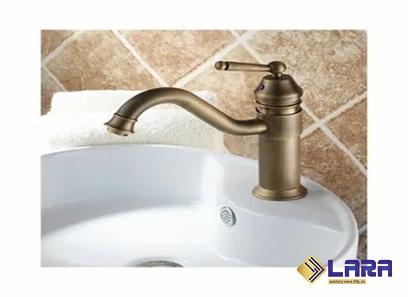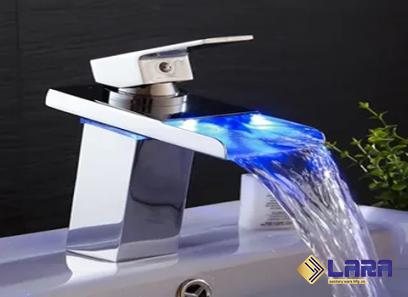One such area where they have made significant advancements is in the design and operation of their toilets. Dutch toilets have emerged as the epitome of efficiency, combining cutting-edge technology with environmental consciousness. In this article, we will delve into the fascinating world of Dutch toilets, exploring their features, benefits, and why they are considered a game-changer for the global sanitation industry. Efficient Water Usage: One of the key features of Dutch toilets is their exceptional water efficiency. While traditional toilets typically use around 6-7 liters of water per flush, Dutch toilets are designed to utilize significantly less water.
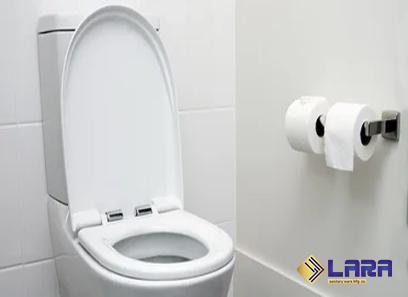
.
 Through advanced engineering and precise flushing mechanisms, these toilets can achieve the same level of cleanliness using just 2-3 liters of water per flush. This reduction in water consumption not only helps to conserve this precious resource, but it also significantly reduces a household or business’s water bills. Technological Advancements: Dutch toilets are not only known for their water efficiency but also for their integration of innovative technologies. Many of these toilets come equipped with sensors that detect movement, automatically triggering the flushing mechanism when needed. This serves as a hygienic solution while also preventing unnecessary water wastage. In addition, some Dutch toilets feature dual-flush systems, allowing users to choose between a full or partial flush depending on their needs, further optimizing water usage.
Through advanced engineering and precise flushing mechanisms, these toilets can achieve the same level of cleanliness using just 2-3 liters of water per flush. This reduction in water consumption not only helps to conserve this precious resource, but it also significantly reduces a household or business’s water bills. Technological Advancements: Dutch toilets are not only known for their water efficiency but also for their integration of innovative technologies. Many of these toilets come equipped with sensors that detect movement, automatically triggering the flushing mechanism when needed. This serves as a hygienic solution while also preventing unnecessary water wastage. In addition, some Dutch toilets feature dual-flush systems, allowing users to choose between a full or partial flush depending on their needs, further optimizing water usage.
..
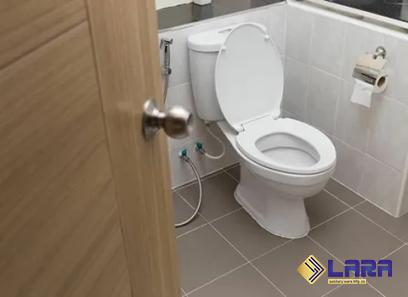 Environmental Sustainability: Beyond water efficiency, Dutch toilets are designed with sustainability in mind. Many models incorporate features such as urine-diversion systems, which separate urine and solid waste. This separation allows for the separate treatment and recycling of these waste streams. Urine, in particular, is rich in nutrients such as nitrogen and phosphorus, which can be converted into valuable fertilizers. By segregating waste at the source, Dutch toilets enable the recovery of these nutrients, reducing the reliance on synthetic fertilizers, which have adverse environmental effects. Smart Maintenance: Dutch toilets are also equipped with smart maintenance systems that facilitate efficient servicing and upkeep. These systems rely on IoT (Internet of Things) technology to monitor usage, detect malfunctions, and provide timely alerts to maintenance personnel. This proactive approach allows for prompt repairs, minimizing downtime, and reducing the overall cost of maintenance. By leveraging data and technology, Dutch toilets ensure a smooth user experience while also optimizing resource allocation and reducing environmental impacts.
Environmental Sustainability: Beyond water efficiency, Dutch toilets are designed with sustainability in mind. Many models incorporate features such as urine-diversion systems, which separate urine and solid waste. This separation allows for the separate treatment and recycling of these waste streams. Urine, in particular, is rich in nutrients such as nitrogen and phosphorus, which can be converted into valuable fertilizers. By segregating waste at the source, Dutch toilets enable the recovery of these nutrients, reducing the reliance on synthetic fertilizers, which have adverse environmental effects. Smart Maintenance: Dutch toilets are also equipped with smart maintenance systems that facilitate efficient servicing and upkeep. These systems rely on IoT (Internet of Things) technology to monitor usage, detect malfunctions, and provide timely alerts to maintenance personnel. This proactive approach allows for prompt repairs, minimizing downtime, and reducing the overall cost of maintenance. By leveraging data and technology, Dutch toilets ensure a smooth user experience while also optimizing resource allocation and reducing environmental impacts.
…
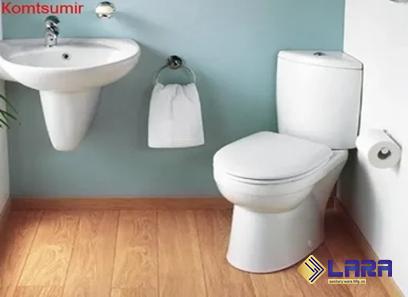 Future Outlook: With rising global concerns about water scarcity and the need for sustainable solutions, Dutch toilets represent a remarkable achievement. Their combination of technological advancements, water efficiency, and environmental sustainability make them a frontrunner in the sanitation industry. As awareness and demand for eco-friendly toilets continue to increase, it is expected that the concepts pioneered by Dutch toilets will inspire similar innovations in other parts of the world. Conclusion: Dutch toilets shine as a testament to the Netherlands’ commitment to sustainability and innovation. Their water efficiency, technological advancements, and environmental sustainability make them a compelling choice for anyone seeking a modern and eco-friendly sanitation solution. As the world becomes more conscious of its environmental footprint, Dutch toilets offer a glimpse into the future of sustainable sanitation practices. It is safe to say that Dutch toilets have set a new standard for the global industry, paving the way for a more sustainable and efficient future.
Future Outlook: With rising global concerns about water scarcity and the need for sustainable solutions, Dutch toilets represent a remarkable achievement. Their combination of technological advancements, water efficiency, and environmental sustainability make them a frontrunner in the sanitation industry. As awareness and demand for eco-friendly toilets continue to increase, it is expected that the concepts pioneered by Dutch toilets will inspire similar innovations in other parts of the world. Conclusion: Dutch toilets shine as a testament to the Netherlands’ commitment to sustainability and innovation. Their water efficiency, technological advancements, and environmental sustainability make them a compelling choice for anyone seeking a modern and eco-friendly sanitation solution. As the world becomes more conscious of its environmental footprint, Dutch toilets offer a glimpse into the future of sustainable sanitation practices. It is safe to say that Dutch toilets have set a new standard for the global industry, paving the way for a more sustainable and efficient future.

